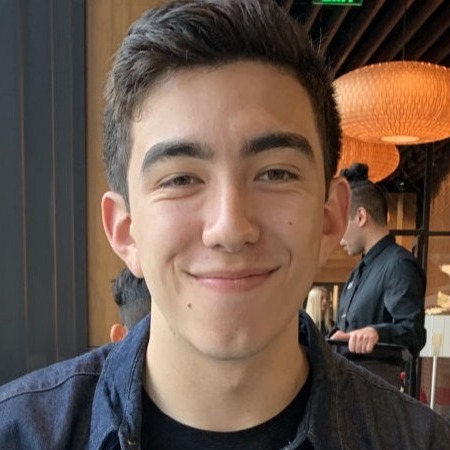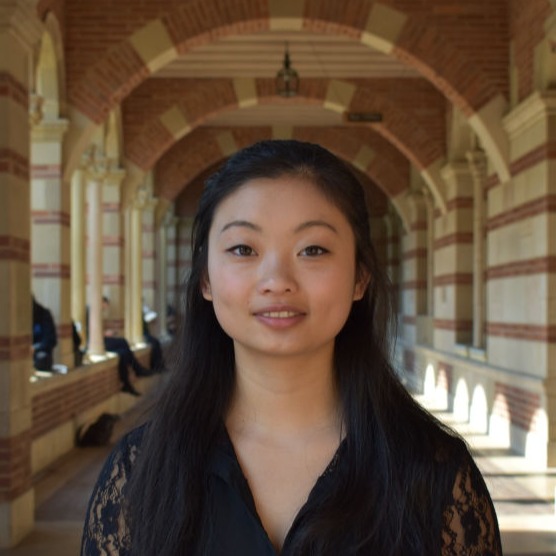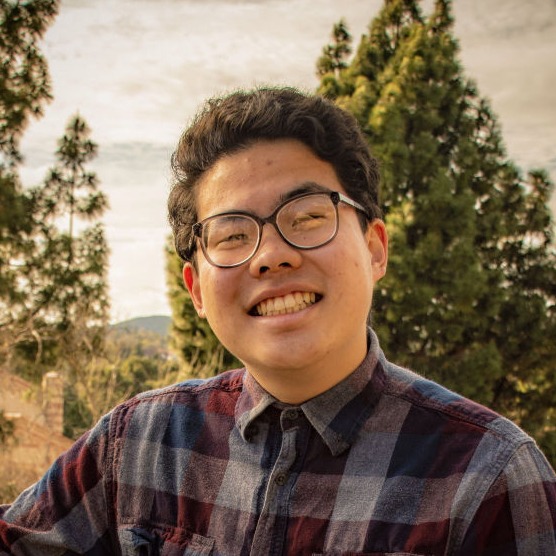Meet The Air Qualitree Team

Jeremy Tsujihara
Project Manager
Hi, my name is Jeremy and I am a 3rd year Computer Science major from the Bay Area. As the project manager, I was in charge of scheduling meetings and dividing tasks. I also helped with creating the website which involved designing the About page and embedding the Timeline.
My favorite trees are maple because of their deep red color!

Justin Chai
Web Manager
Hello, my name is Justin and I am a 3rd year Cognitive Science and Statistics major. As the Web Designer, I was in charge of setting up the website, working with HTML, CSS, and other tools to host and create the layout of the website.
My favorite trees are oaks!

Vivian Luk
Data Specialist
Hi, my name is Vivian and I’m a third-year Los Angeles native majoring in statistics and sociology with a specialization in computing! As the project data specialist, I was responsible for cleaning and refining the data set so that it was standardized and usable for analysis.
My favorite trees are ginkgo bilobas!


